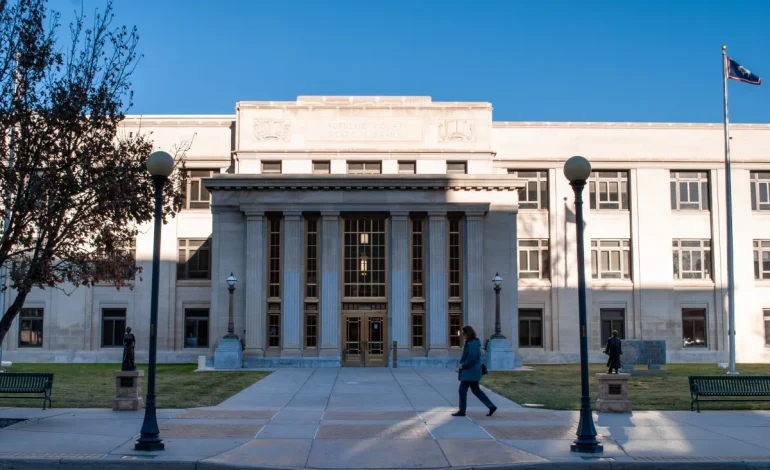As Wyoming voters head to the polls, judicial retention votes provide an important opportunity for public input on the state’s judiciary, Wyo File reports.
The process gives voters the choice to keep judges in office through periodic retention elections, even though these judges are originally selected by appointment. Understanding judicial retention and its impact is key for those looking to make informed decisions on their ballot this year.
Wyoming’s judicial retention system, in place since the 1970s, aims to keep the judiciary impartial and less influenced by politics. Judges and justices are initially vetted by the state’s Judicial Nominating Commission, which reviews qualifications and makes recommendations. From those nominations, the governor appoints judges to various state courts, including the Wyoming Supreme Court, district courts, and circuit courts.
After appointment, judges face their first retention election at the next general election. For the Wyoming Supreme Court, justices serve for eight years; district and chancery court judges serve six-year terms, while circuit court judges serve four-year terms. When these terms expire, judges can opt for retention elections, where voters decide whether the judges should remain in their positions. If fewer than half of voters choose to retain a judge, they will lose their seat.
Judicial retention elections give Wyoming voters a direct voice in ensuring that judges maintain the values of impartiality, respectfulness, and legal knowledge that are fundamental to fair rulings. While judicial appointments are based on merit, retention elections keep judges accountable to the public, allowing for re-evaluation over time.
Retention outcomes can impact a wide range of issues in Wyoming, from the protection of individual rights to cases on pressing issues like abortion laws or life sentences.
For voters looking to make informed choices, sample ballots are available from county clerk offices, local election websites, or platforms like vote.org. Once voters identify the judges on their ballot, the Wyoming Bar Association provides performance assessments based on attorney feedback. Attorneys who have appeared in court before these judges rate their performance on criteria such as knowledge of the law, impartiality, and overall respectfulness.
According to this year’s assessment, all Wyoming judges were rated as meeting or exceeding adequate performance standards. These assessments offer valuable insights, especially for voters who may not be familiar with a judge’s day-to-day work. Additionally, voters may consider the Wyoming Code of Judicial Conduct to gauge whether a judge has upheld professional standards.
While Wyoming Supreme Court justices must retire by age 70, no mandatory retirement age exists for other state judges. Some voters consider age and mental fitness alongside performance and conduct when deciding on retention, particularly for judges who have served for multiple terms.









